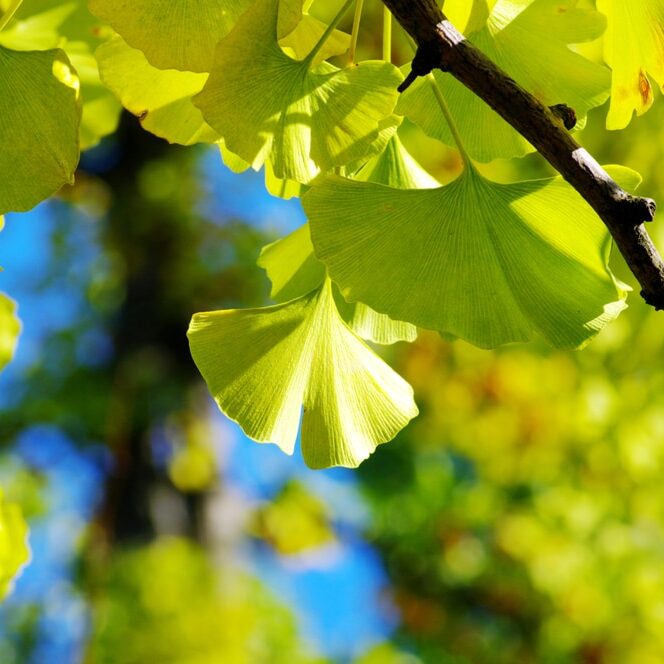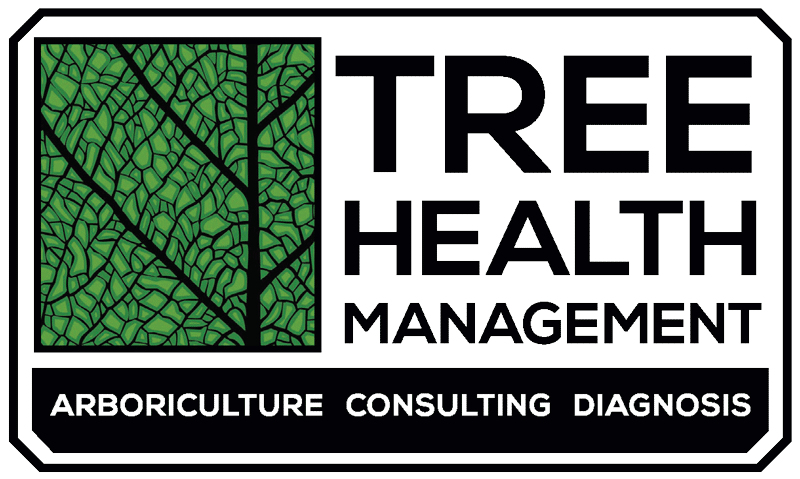Blog | Tree Care | Tree Planting
Ginkgo Biloba

Ginkgo trees are ancient and long-lived trees, often used as a symbol of longevity. They have been living on earth for an estimated 150 million years. They are the only surviving members of the Ginkgo family, with all other members going extinct. These ancient trees are thought to live to 1000 years in age, with one specimen in China estimated to be 3500 years old. In Japan, there are even Ginkgo trees that survived the bombing of Hiroshima and Nagasaki.
Ginkgo biloba is native to south and east China. Despite its status as an exotic tree, there is no risk of it escaping the landscape and becoming invasive. Ginkgoes grow to be upwards of 80 feet tall and 40 feet wide. They tend to grow in open pyramidal forms, producing light shade. Their leaves have very unique fan-shapes with two lobes that feel soft and leathery. The nickname “Maidenhair Tree” comes from their leaves’ resemblance to Maidenhair Fern leaflets. When autumn comes around, their foliage turns a bright golden color, though the show is short-lived. They tend to drop most all of their leaves in a small window of time, usually leaving a carpet of golden leaves below. The bark of ginkgoes is smooth and pale grey-brown when young, developing dark grey-brown ridges with age.
Ginkgoes are dioecious plants, meaning they have separate male and female trees. Most all trees available at nurseries will be male trees, which do not produce fruit. The female fruits have a reputation of being messy and having a rotten odor. Despite this, the fruits are edible and are widely used in east Asian cuisines when mashed and boiled.
Ginkgoes are fantastic trees for difficult spots in urban landscapes. They tolerate a variety of soil textures and pH levels. Difficult soil conditions, like compaction, salt spray, and heavy clays are no challenge for Ginkgoes. They can also handle heat, drought, and air pollution better than most trees. Ginkgoes are also virtually free of pests and diseases. Deer and rabbits will leave them alone. Make sure the soil is well-draining, since they are still susceptible to root rot. They grow best in full sun, but can tolerate some light shade. For all of these reasons, Ginkgoes make great options for street trees, pathways, parks, and species gardens. Make sure to give them plenty of space to reach mature size.
Proper care for Ginkgoes include mulching and supplemental water during drought. They are generally considered low maintenance trees..They likely will not need fertilizer, since they adapt so well to poor soils. Some pruning may be needed to develop a single leader when young, then little pruning is needed beyond that. They tend to grow very slowly for the first several years after planting, so be patient.
There tend to be a number of cultivars available in nurseries. Autumn Gold is known for its conical form and brilliant Fall color. Princeton Sentry is known for its narrow columnar form, only growing to 15 feet wide. Magyar outperforms other cultivars for tolerating urban soil conditions, and thus makes a superior street tree. Mariken is a dwarf Ginkgo cultivar with spreading and somewhat pendulous branches. It grows especially slow and can function as a shrub. Talk to your arborist if you are interested in planting a Ginkgo tree.
